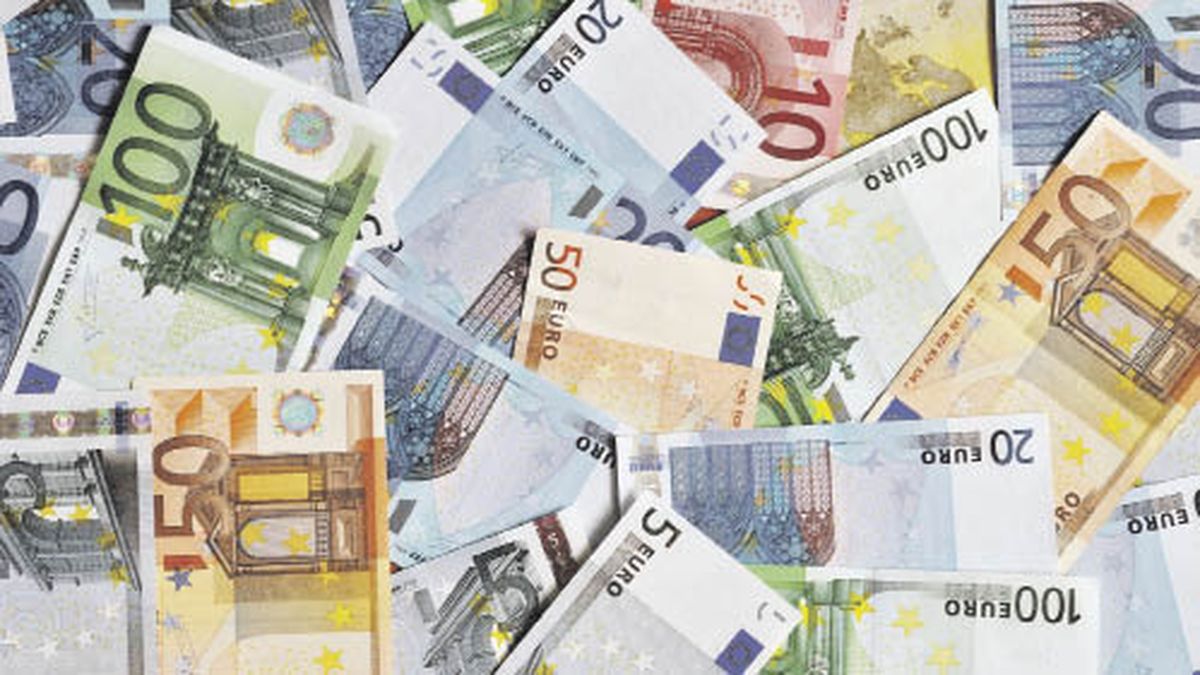But at the same time, 2020 was also a year characterized by a stabilization in the price of wine. Daniel Rada, of the Argentine Viticultural Observatory (OVA) consulted by this means It clearly marks it: “There was price stability in 2020 as a result of the fact that the wine was reached by Careful Prices and Maximum Prices. With which prices were ironed in 2020. There was a high rebound in 2021, that restriction was decompressed to the prices and there was a transfer of 70% to the gondolas. It hit very hard, especially in low-end wines – tetra – and low-priced bottled wine.”
With the jump in inflation in 2022, the behavior is similar. For Rada, the drop in consumption is not attributed to the increase in prices “but to the purchasing power of demand” while noting that consumption fell by 6% in January 2022 compared to 2021.
But the sector is also concerned about the lack of bottles that seems to be far from being solved as planned.
The shortage of bottles that affected the wine industry in 2021 continues in 2022, added to a strong increase in the costs of packaging, which in the last year had an increase of 80%. In the first months of 2022 alone, the prices of bottles increased by 40% due to the increase in the costs of soda salvay, a product that they must import.
“We estimate that as of May, it will tend to be resolved. But there were limitations in the production of the bottle factories that led to a certain shortage. Glass and cardboard have risen sharply as a result of inflation, the supply of some inputs to international level that also rose”, added Zuccardi.
“There are raw materials that are lacking and in many cases speculative processes have been fed where there are monopolistic actors that have modified the price equation to the detriment of clients, whether they are wineries or consumers,” added the businessman. In Argentina, most of its glass production is concentrated in three companies: Cattorini, which produces approximately 60% of all wine bottles, Verallia, which has 35% of the market, and Cristalerías Rosario with the remaining 5%. 75% of what is produced is aimed at the domestic market, while the remaining 25% is destined for the international market. Although it could not be specified if the wine in gondola will receive increases, it is not ruled out.
lack of competitiveness
The wine complex is one of the 10 main exporters in the country. Its main destination is the USA followed by the United Kingdom, Canada and Brazil. The most exported variety is the classic Malbec.
According to official data, Argentina is the fifth world producer of wine and the main producer of must worldwide. It is concentrated in the western provinces, covering more than 230,000 cultivated hectares, predominantly grapes suitable for making wine and must (92.2%), with a low percentage of grapes for fresh consumption (5.7%) and for raisins (1.9%). The number of wineries is 884, of which 634 are in Mendoza, 121 in San Juan and 129 in the other wine provinces.
On the external level, although there was a decrease in 2022 compared to 2021, “Viticulture has been positioning itself in the international market. Last year there was growth and I think the opportunities are there. Argentine wine has a good qualitative consideration “We are known for Malbec but also for diversity as one of the attributes of Argentine winemaking. The biggest challenges are maintaining a competitive scheme that allows us to win markets, which I think is the most important issue,” said José “Pepe Zuccardi. One of the main challenges of the industry is the reduction of tariffs for products, something that Zuccardi advanced, and is already talking with the Foreign Ministry.
However, like many export industries in the country, the main target is the dollar: “the exchange rate and inflation have to go hand in hand.” “Last year we had an increase in the exchange rate of 20% and inflation of 50%, and that determined a very strong drop in real income. It was far behind in relation to inflation, that is an important issue if we want to maintain export levels,” added Zuccardi. In the same way, Daniel Rada points out that the growth obtained in 2020 cannot be replicated in the 2021-2022 period: “We are not seeing the same performance as in 2020, basically it is inflation in pesos and inflation in dollars that clearly worsens export benefits.”
scope123.png
Information from the Argentine Viticultural Observatory carried out for Ámbito
The vintage 2022 ended with lower yields than expected. Late frosts and hail storms in various parts of the country were two of the main reasons. In its latest harvest estimate, the National Institute of Viticulture (INV) had predicted that grape production in Argentina for this 2022 harvest would be 13% below the previous harvest (19,449,000 quintals, below 22,229 .011 quintals of the 2021 harvest).
According to the harvest report corresponding to week 20, up to April 17, the 2022 harvest amounted to 1,863,990,995 kilos (18,639,909 quintals), against the 2,122,091,558 kilos (21,220,915 quintals) that had been harvested on a similar date to the previous harvest. The drop in production is even greater (16.4%) when compared to the historical average, which runs from 2012 to 2021, of 23,262,116 quintals.
Source: Ambito
David William is a talented author who has made a name for himself in the world of writing. He is a professional author who writes on a wide range of topics, from general interest to opinion news. David is currently working as a writer at 24 hours worlds where he brings his unique perspective and in-depth research to his articles, making them both informative and engaging.




